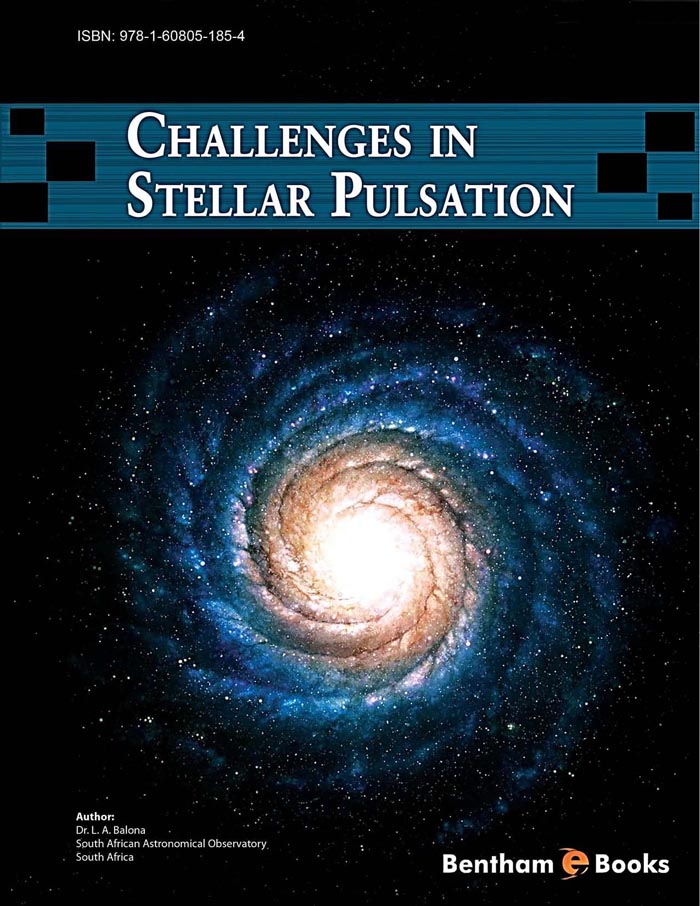Foreword
The study of stellar pulsation is an old topic, but still a very active research area. Observations from space are now starting to become available and the field is probably more active than ever. The hope is that these data will help us resolve some notoriously difficult problems in stellar physics concerning convection, rotation, and magnetic fields. In this book, the author takes us to the frontiers of research in this field. The title Challenges in Stellar Pulsation reflects the main message of the book, with the emphasis on unsolved problems in stellar pulsation.
The book begins with a brief theoretical background presented almost without formulae. Still, unprepared readers become suffciently equipped with basic concepts needed for understanding the material presented later. Subsequent sections are devoted to various types of pulsating stars ordered according to evolutionary phases, starting with stars on or near the main sequence and ending with white dwarfs. We find a comprehensive description of the observational characteristics of each type of star, detailed information on selected individual objects of particular interest, and interpretations in terms of stellar physics.
The unsolved problems constitute challenges for both stellar pulsation and stellar evolution. In some cases we do not understand how the modes are excited, and even in the cases where we do, the observed range of pulsation is a puzzle. The most important data for testing stellar models are the oscillation frequencies. In a number of cases, including the Sun and Cepheids, comparisons of observed and calculated frequencies point to a need for improvement in model calculations and/or the stellar microphysics. In recent years, much progress has been made concerning the effects of rotation and magnetic fields on stellar pulsation, but much remains to be done in this important and difficult subject.
There is a wide spectrum of people who may benefit from reading this book. From amateurs, who are often passionate variable star observers and may want to learn about the context of their activity, to professional astronomers who spent their careers on studying pulsating stars but may want to broaden their knowledge and have a handy source of references to the original papers. Most importantly of all, however, I would recommend this book to young astronomers looking for challenging problems in the subject.
Wojtek Dxiembowski
Warsaw, February 2010

